
Premium Plastic Marble Effect Sheet Supplier Durable Marble Effect Plastic Panels & Sheets
- Introduction to plastic marble effect sheet
and its rising popularity in construction and interior design - Key Features and Technical Advantages of marble effect plastic sheet
- Comparative Analysis: marble effect plastic panels versus traditional materials
- Customization Options: Tailoring marble effect plastic sheet for specific projects
- Case Studies: Real-world applications and their outcomes
- Environmental Impact and Sustainability Considerations
- Conclusion: The future outlook for plastic marble effect sheet in modern design
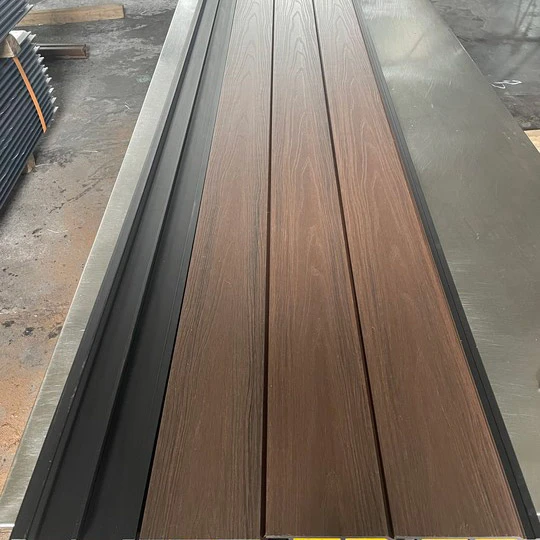
(plastic marble effect sheet)
Introduction: The Rise of Plastic Marble Effect Sheet
The modern construction and interior design industries have experienced a significant transformation in recent years, with materials like plastic marble effect sheet taking center stage. As architects and homeowners seek alternatives that balance aesthetic appeal, functionality, and budget, innovative composite panels and sheets have steadily replaced natural stone in various applications. The demand for sophisticated interior cladding, lightweight wall coverings, and economic facades has set the stage for marble effect plastic sheet solutions, providing the luxury of marble patterns with the durability and flexibility of advanced polymers. According to a recent market survey, global consumption of imitation marble plastics is projected to grow by over 8% annually, underscoring their rapid adoption in both residential and commercial sectors due to lower cost, easier installation, and customizable appearances.
Features and Technical Advantages of Marble Effect Plastic Sheet
Marble effect plastic sheet demonstrates remarkable technical strengths, positioning it as a standout innovation over both genuine marble and alternative wall panel materials. Crafted from high-grade polyvinyl chloride (PVC) or acrylonitrile butadiene styrene (ABS), these panels are engineered for superior resilience and elegance. Notable technical advantages include:
- Strength-to-Weight Ratio: With a density under 1.5 g/cm³, these sheets are up to 70% lighter than traditional marble slabs, reducing transportation and installation requirements.
- Scratch and Stain Resistance: Proprietary surface coatings deliver advanced protection against abrasions, household chemicals, and UV exposure, preserving the material’s pristine look for years.
- Moisture Impermeability: Unlike porous natural stone, plastic marble effect panels exhibit virtually zero water absorption, making them ideal for high-humidity zones like bathrooms and kitchens.
- Thermal Flexibility: Designed to withstand temperature fluctuations from -20°C to 70°C without warping or discoloration, these panels ensure performance in diverse climates.
- Hygienic and Easy Maintenance: The non-porous surface inhibits bacterial growth and supports effortless cleaning with conventional supplies, meeting strict hygiene standards in healthcare and food sectors.
Comparative Analysis: Marble Effect Plastic Panels Versus Traditional Materials
Selecting suitable materials for wall cladding and decorative features demands a detailed side-by-side evaluation. The table below compares marble effect plastic panels against natural marble and traditional ceramic tiles across key performance metrics:
| Performance Metric | Marble Effect Plastic Panels | Natural Marble | Ceramic Tiles |
|---|---|---|---|
| Weight per m² | 2.5 - 3.5 kg | 25 - 28 kg | 13 - 19 kg |
| Cost per m² (average) | $12 - $25 | $55 - $120 | $18 - $30 |
| Installation Time (m²/day) | 15 - 25 | 3 - 7 | 7 - 10 |
| Moisture Resistance | Excellent | Moderate | Good |
| Customizability (patterns, size) | High | Limited | Medium |
| Surface Maintenance | Easy, non-absorbent | Regular sealing required | Routine cleaning |
| Lifespan (years) | 20+ | 30-50 | 15-25 |
The comparative data highlights not only the economic and logistical benefits of marble effect plastic panels but also their ability to outperform traditional surfaces in select use cases. Notably, their low weight and higher customizability add significant value for projects on tight timelines or with unique design demands.
Customization: Tailoring Marble Effect Plastic Sheet for Every Project
One of the most compelling advantages of marble effect plastic sheet is the breadth of customization available to specifiers, designers, and end-users. Manufacturers employ high-definition digital printing paired with precision extrusion to emulate virtually any natural stone pattern, color, or veining effect. Standard thickness ranges from 2mm up to 6mm, but custom runs can accommodate specialist requirements for increased impact resistance or acoustic performance.
Cutting-edge fabrication allows for the integration of functional elements such as backlighting, anti-bacterial coatings, and fire-retardant additives to meet safety codes in commercial spaces. Panels can be pre-fabricated in modular sizes or produced in continuous rolls for seamless large-surface installations. Furthermore, proprietary lamination techniques enable designers to combine marble effect plastic with metallic trims, mirrored inserts, or 3D textured finishes, amplifying aesthetic flexibility. This level of customization empowers clients to align their interior elements with brand identities or bespoke residential themes, supporting both mass-market and architectural niche markets.
Case Studies: Real-World Applications and Measurable Outcomes
The use of marble effect plastic sheets has proven successful in an array of commercial and residential projects worldwide. In a recent renovation of a 150-bed hotel in Berlin, more than 2,500 m² of marble effect plastic panels were installed within just four weeks, a task that would have taken over two months with natural stone. This upgrade led to a 35% reduction in overall renovation costs and a 60% decrease in structural load on partition walls, enabling innovative lighting and fixture integrations.
In a shopping mall in Singapore, the installation of custom-designed marble effect plastic sheet wall claddings not only modernized the atrium but also created a cost saving of $65,000 compared to sourcing and installing imported marble. Post-installation, facility teams reported a 70% reduction in cleaning and maintenance time. In high-traffic retail environments, impact resistance tests revealed a threefold decrease in repair incidents over a two-year period compared to conventional ceramic paneling.
Environmental Impact and Sustainability Considerations
As sustainability takes precedence in specification and construction, the environmental profile of marble effect plastic sheet products undergoes continual assessment. Modern manufacturing optimizes raw material use and prioritizes closed-loop recycling, reducing landfill contributions by up to 40% compared to single-use composites. Between 30-50% of raw materials can consist of post-industrial or post-consumer recycled content, while ongoing innovations in eco-friendly plasticizers and coatings ensure compliance with global environmental standards such as RoHS and REACH.
Life cycle assessment studies indicate that the carbon footprint of producing and transporting marble effect plastic panels is approximately 60% lower than that of quarried marble slabs, mainly due to reduced extraction, processing, and shipping demands. At end-of-life, panels can be shredded and reconstituted into new sheets or alternative construction materials, extending their utility and mitigating waste. This environmental versatility aligns with the goals of responsible architecture and green building certifications like LEED and BREEAM.
Conclusion: Future Outlook for Plastic Marble Effect Sheet in Design
The momentum behind plastic marble effect sheet reflects a convergence of design aspiration, practical necessity, and sustainable development. With technical merits, customization potential, and proven real-world achievements, these panels are reshaping the way architects, contractors, and property owners approach interior and facade applications. As polymer science and digital fabrication advance, further enhancements in realism, environmental performance, and smart integration are expected. Looking ahead, marble effect plastic panels will continue to offer a balance of luxury, adaptability, and resource efficiency—meeting the evolving demands of contemporary build environments while upholding the timeless elegance of natural stone aesthetics.
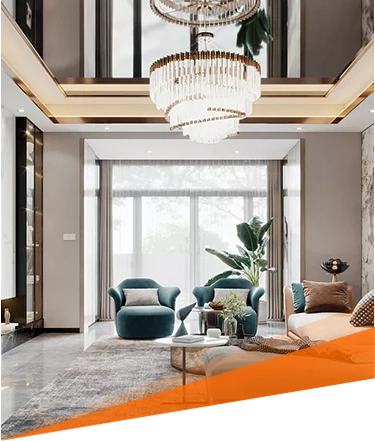
(plastic marble effect sheet)
FAQS on plastic marble effect sheet
Q: What is a plastic marble effect sheet?
A: A plastic marble effect sheet is a synthetic panel designed to mimic the appearance of real marble. It is made from durable plastic materials, providing a lightweight and affordable alternative to natural stone.
Q: Where can marble effect plastic sheets be used?
A: Marble effect plastic sheets can be used for wall cladding, countertops, furniture decoration, and bathroom or kitchen renovations. They are suitable for both residential and commercial interiors.
Q: Are marble effect plastic panels waterproof?
A: Yes, most marble effect plastic panels are waterproof and resistant to moisture. This makes them ideal for use in bathrooms, kitchens, and other wet areas.
Q: How do I clean and maintain a plastic marble effect sheet?
A: You can clean marble effect plastic sheets with a soft cloth and mild soap solution. Avoid using abrasive cleaners to maintain their glossy finish.
Q: Is installation of marble effect plastic sheets easy?
A: Yes, marble effect plastic sheets are designed for easy installation and can be cut to size with standard tools. Many products can be fixed using adhesive or screws.
-
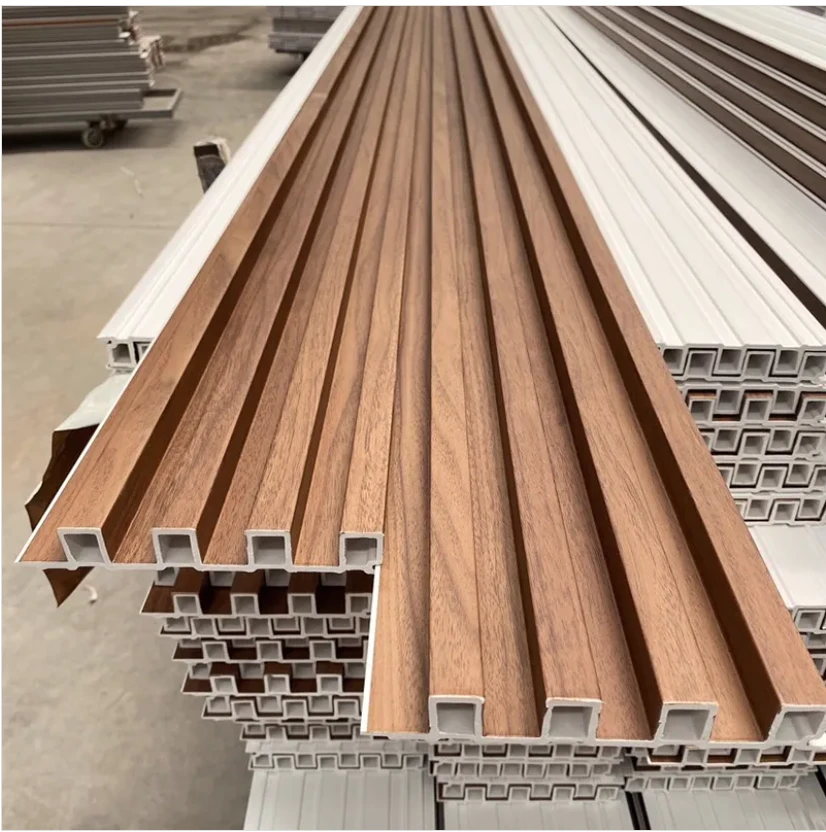 WPC Wall Panel Outdoor Weather ResistanceModern exterior design solutions increasingly utilize WPC exterior wall cladding for its exceptional durability and aesthetic appeal.Read More >
WPC Wall Panel Outdoor Weather ResistanceModern exterior design solutions increasingly utilize WPC exterior wall cladding for its exceptional durability and aesthetic appeal.Read More >Aug 05 2025
-
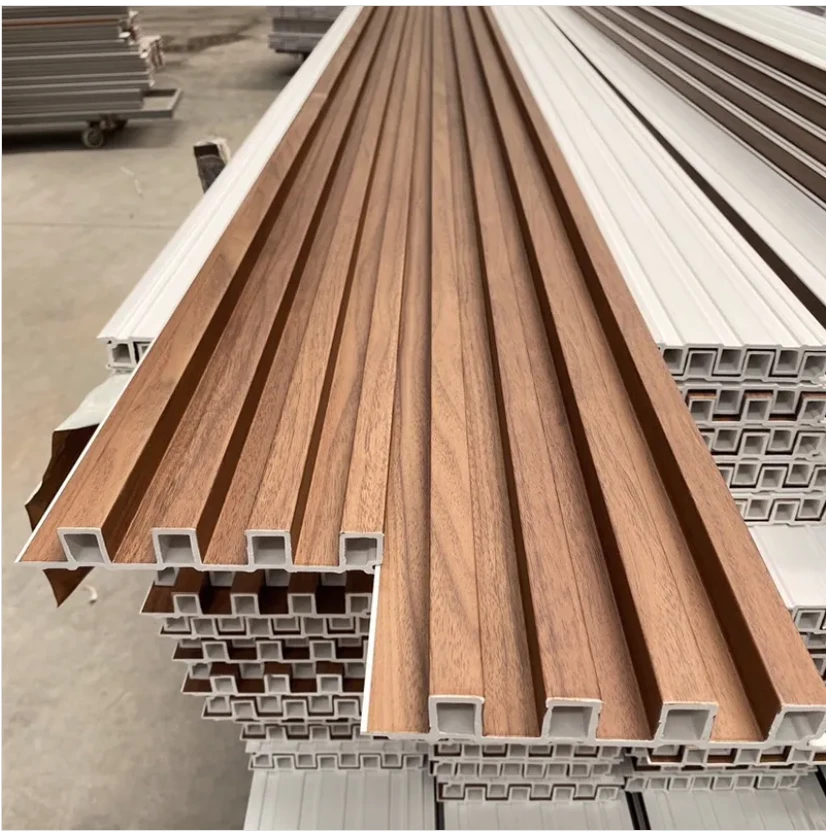 WPC Wall Panel for Wine CellarsThe ideal wine cellar requires specialized wall solutions that perfectly balance functionality and aesthetics.Read More >
WPC Wall Panel for Wine CellarsThe ideal wine cellar requires specialized wall solutions that perfectly balance functionality and aesthetics.Read More >Aug 05 2025
-
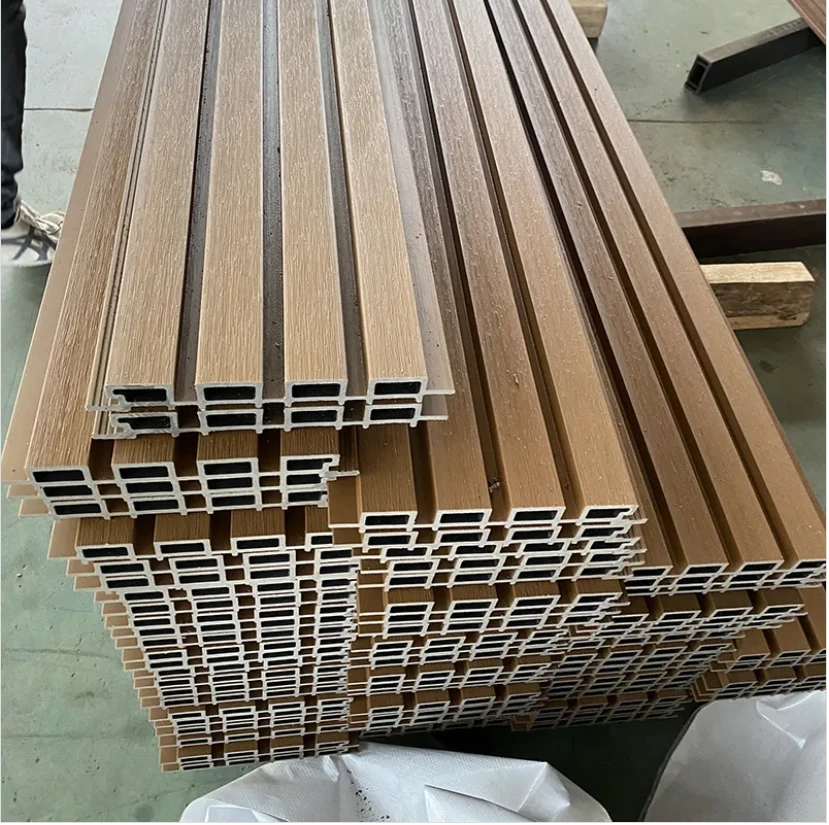 WPC Wall Panel Expansion GapsProfessional installation of WPC wall cladding requires meticulous attention to expansion gap requirements to ensure long-term durability and aesthetic performance.Read More >
WPC Wall Panel Expansion GapsProfessional installation of WPC wall cladding requires meticulous attention to expansion gap requirements to ensure long-term durability and aesthetic performance.Read More >Aug 05 2025
-
 SPC Flooring Stone Look Outdoor UseOutdoor living spaces now benefit from durable and stylish SPC floor tiles that combine the beauty of natural stone with exceptional performance.Read More >
SPC Flooring Stone Look Outdoor UseOutdoor living spaces now benefit from durable and stylish SPC floor tiles that combine the beauty of natural stone with exceptional performance.Read More >Aug 05 2025
-
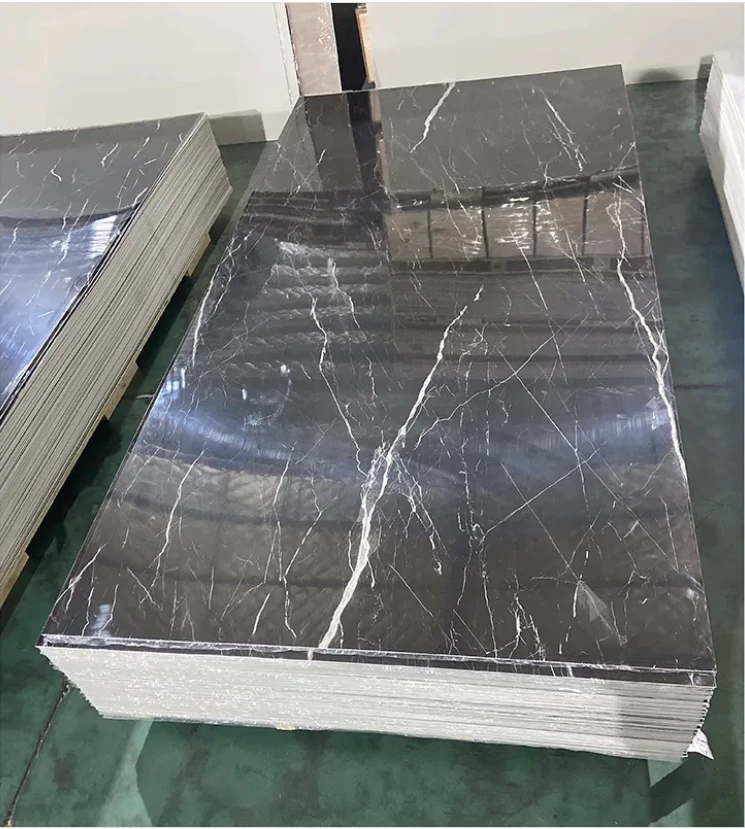 Marble Effect PVC Panels Color OptionsModern interior design increasingly utilizes marble effect PVC panels for their luxurious appearance and practical benefits.Read More >
Marble Effect PVC Panels Color OptionsModern interior design increasingly utilizes marble effect PVC panels for their luxurious appearance and practical benefits.Read More >Aug 05 2025




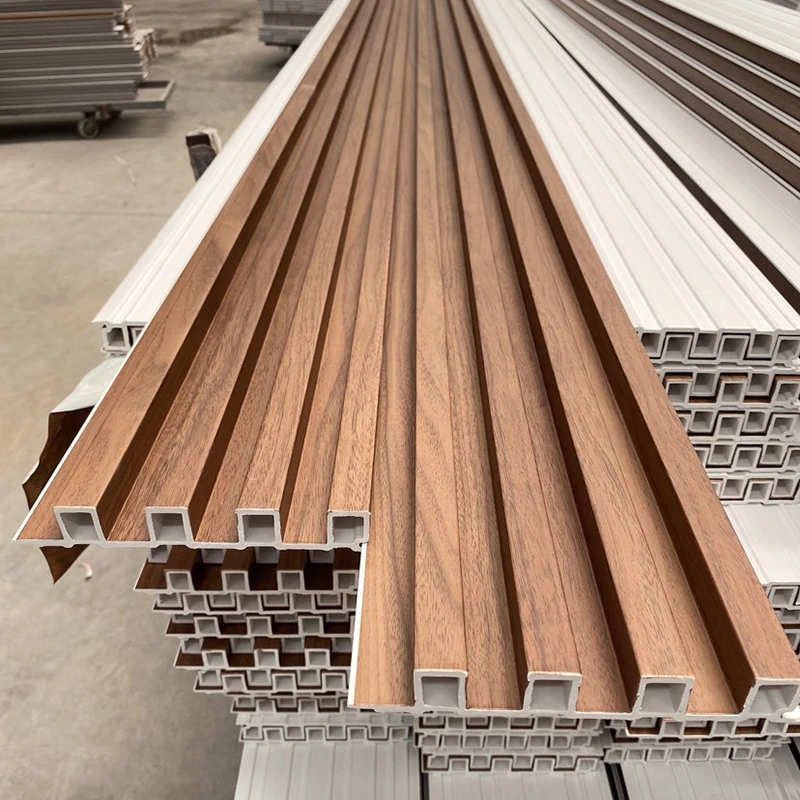

 +86 31185293045
+86 31185293045  qian@ss711.com
qian@ss711.com 















